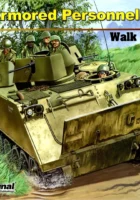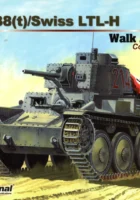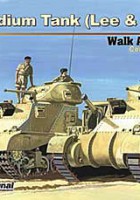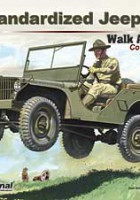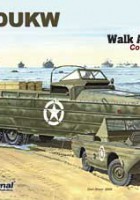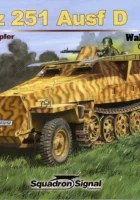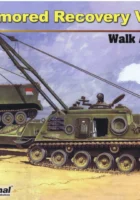
Signál letky | |
|---|---|
| Serie | Amor procházka kolem |
| Téma | M88 ARV |
| Ref | SS5716 |
| Období | Poválečné období |
Kniha podepsána Signál letky časopis «M88 ARV Walk Around – Squadron Signal SS5716» .
Tá M88 Obrněné vyprošťovací vozidlo byl navržen a vyvinut v pozdních 1950s zvládnout obnovu těžších a masivnějších tanků, které se v té době objevovaly. Obrněný jako tank a zahrnující zavěšení a hnací ústrojí tanků M48 / M60, M88 ARV je vybaven masivním navijákem a hydraulicky zvýšeným ramenem rámu A se 400 stopami 5/8 "lana. Původní benzínový motor M88 dobře sloužil vozidlu během let služby ve Vietnamu. V roce 1970 však byla do M88 instalována nová dieselová elektrárna, která byla poté překlasifikována na M88A1. Výroba pro domácí použití skončila v roce 1989, ale vozidla byla nadále vyráběna pro export. Mezitím nový zotavení Vozidlo se stalo nezbytným se zavedením masivního tanku M1 Abrams. M88 byl tak úspěšný, že byl vzat jako základ pro nové modernizované vyprošťovací vozidlo, které se používá dodnes - M88A2. Ilustrováno 175 fotografiemi, barevnými profily a detailními liniovými kresbami. Doyle; 80 stran.
Zdroj: Signál letky
Pohledy : 965
